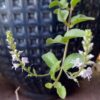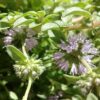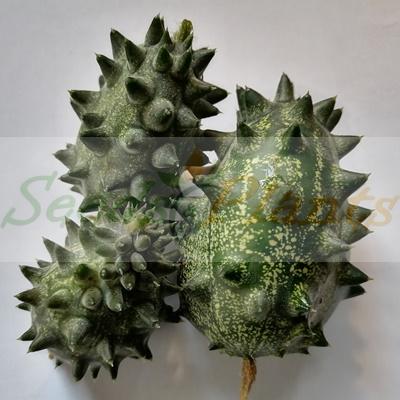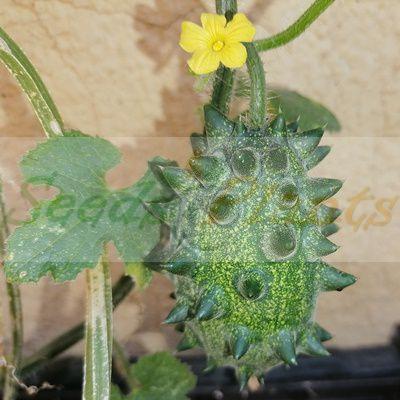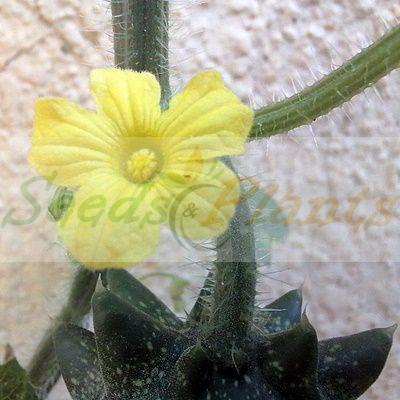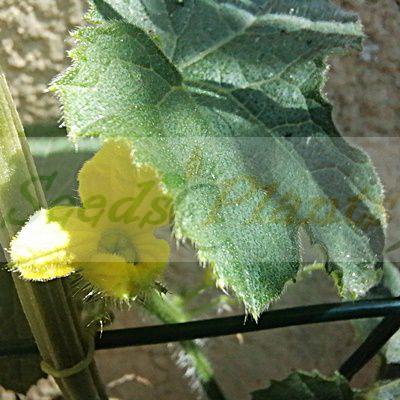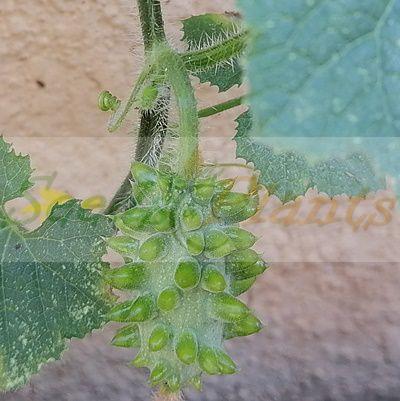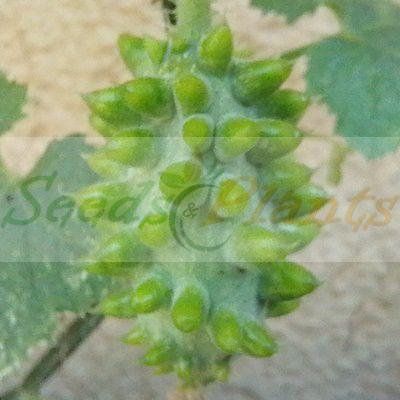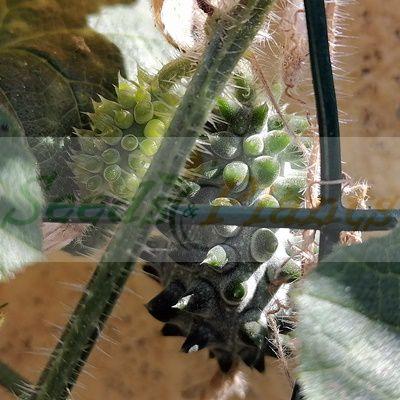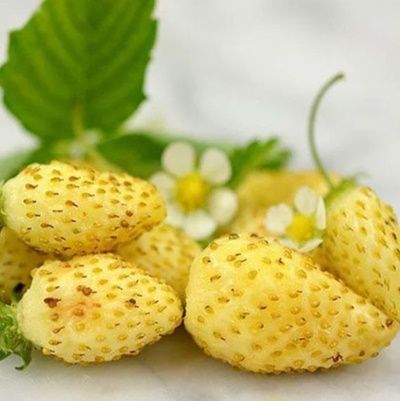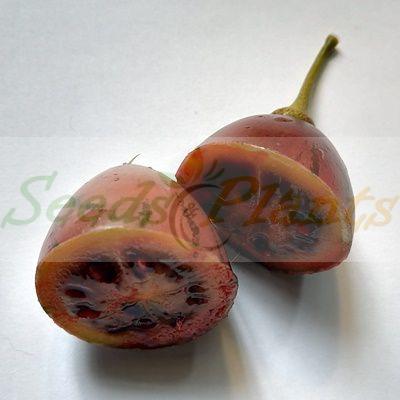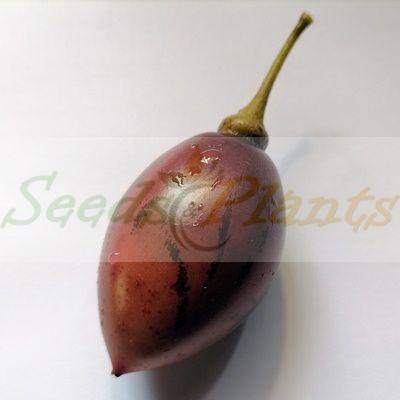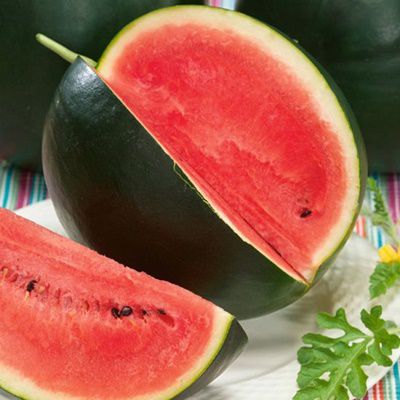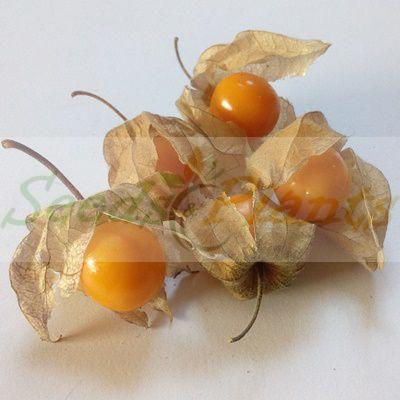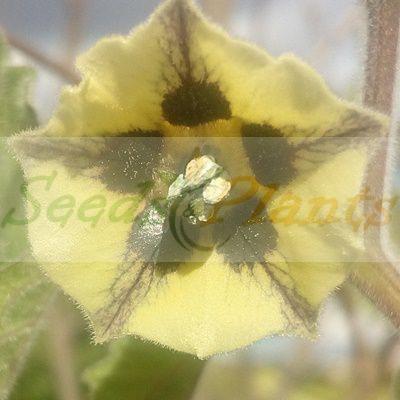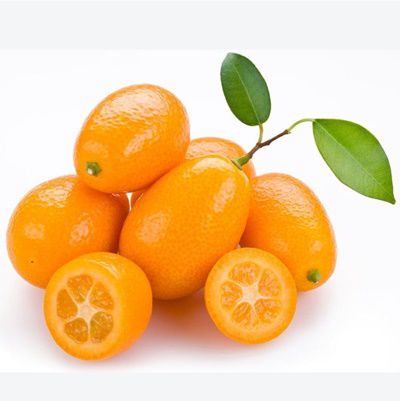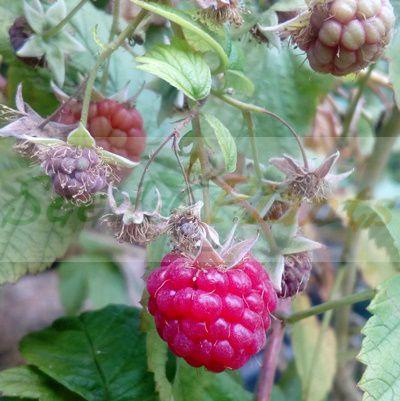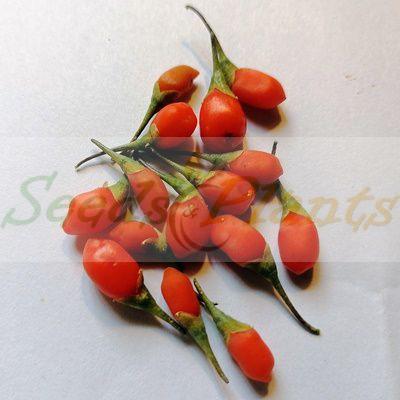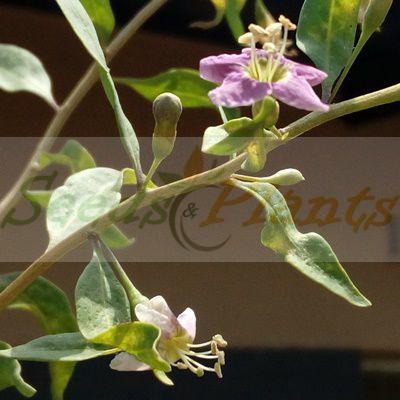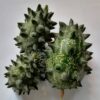-
×
 Congo Watermelon - 10 Seeds
2 × R30.00
Congo Watermelon - 10 Seeds
2 × R30.00
Kiwano Melon – 5 Seeds
(Cucumis metuliferus)
R30.00
The fruit can be eaten at any stage of development – young, mature green or when ripe.
Common Names: Kiwano, African horned cucumber, spiked melon, jelly melon and horned melon.
Indoor Sowing: Late Winter and Early Spring.
Direct Sowing: Spring and Early Summer.
Only 4 left in stock
Kiwano Melon Seeds. Kiwano Melon Eruit (Cucumis metuliferus), commonly called the African horned melon or African horned cucumber, spiked melon, jelly melon, or kiwano, is an annual vine in the cucumber and melon family, Cucurbitaceae. Its fruit has horn-like spines, hence the name “horned melon”. It is is a traditional food plant indigenous to Southern and Central Africa. It grows naturally in Namibia, Botswana, South Africa and Swaziland. It is a self-fertile climber with tendrils and hairy leaves and stems and bears white or yellow flowers.
Kiwano Melon Culinary Uses
- African Horned Cucumber can be eaten at any stage of development – young, mature green or when ripe.
- Its taste has been compared to a combination of cucumber and zucchini or a combination of banana, cucumber and lemon.The fruit’s juicy flesh is green and translucent and contains a lot of seeds covered in a gelatin-like substance and it has a slight sweetness.
- It can be eaten fresh, made into juice, cut open, sprinkled with sugar/salt (to enhance flavor) and scooped out of the shell with a spoon/ or used in fruit salad.
- A jelly can be made from the fruit by boiling it until soft, straining it and boiling the fruit pulp again with a cup of sugar for each cup of water.
- The fruit can also be cubed and pickled in vinegar.
- The seeds are edible and some eats the skin as well.
Kiwano Medicinal Benefits
- Kiwano contains vitamin C, vitamin A, zinc, and lutein. Together, these nutrients play a role in reducing inflammation and preventing certain chronic diseases.
- It is a good source of iron and provides about 13% of your daily needs. The amount of vitamin C in the fruit can improve the absorption of the iron present within the fruit, making it more effective for supporting red blood cell production and oxygen transport as well as boosting the immune system.
- Kiwano is also a rich source of magnesium, potassium and zinc.
Growing Kiwano
Indoor Sowing: Late Winter and Early Spring.
Direct Sowing: Spring and Early Summer.
- Kiwano prefers well-drained, loamy soil, enriched with organic matter like compost or well-rotted manure.
- Direct sow Kiwano Melon Seeds in groups of two or three seeds in Spring or Early Summer in a location with full sun and well-draining soil.
- Indoor sowing can be done in Later Winter or Early Spring.
- Place the seeds on top of the soil and cover with a layer of soil.
- Keep the soil moist, but not soaking wet.
- Germination in about 30 days.
- Soil must be very well draining – soggy soil can cause root rot.
- Transplant seedlings outdoors when they have two true leaves and temperatures are consistently above 15 C.
- Allow the topsoil to dry out between watering, especially in containers. Also, avoid overhead watering to prevent wetting the foliage.
- When the fruit is about to ripen, reduce watering, as it enhances the taste of the melon.
- Like other cucumber family plants, it has tendrils, which support the growth by clinging to adjacent objects.
- Each plant has male and female flowers, and only the female flowers have fruits.
Disclaimer
Medicinal Information:
All medicinal information on this website is for educational and informational purposes only and may not be construed as medical advice. The information is not intended to replace medical advice or treatment offered by healthcare professionals.
Seeds, Plants, Plant Cuttings, Geophytes and Dried Herbs:
In some countries and provinces, certain plants are deemed as invasive and are not allowed to be planted at all, whilst some plants are allowed to be grown only in certain areas or provinces. The onus is on you as the buyer to familiarize yourself with the regulations pertaining to your location, before purchasing any of our seeds, plants, plant cuttings, geophytes or dried herbs. We will not be held liable, should you purchase any seeds, plants, plant cuttings, geophytes or dried herbs. from us which are prohibited in your country or province.

